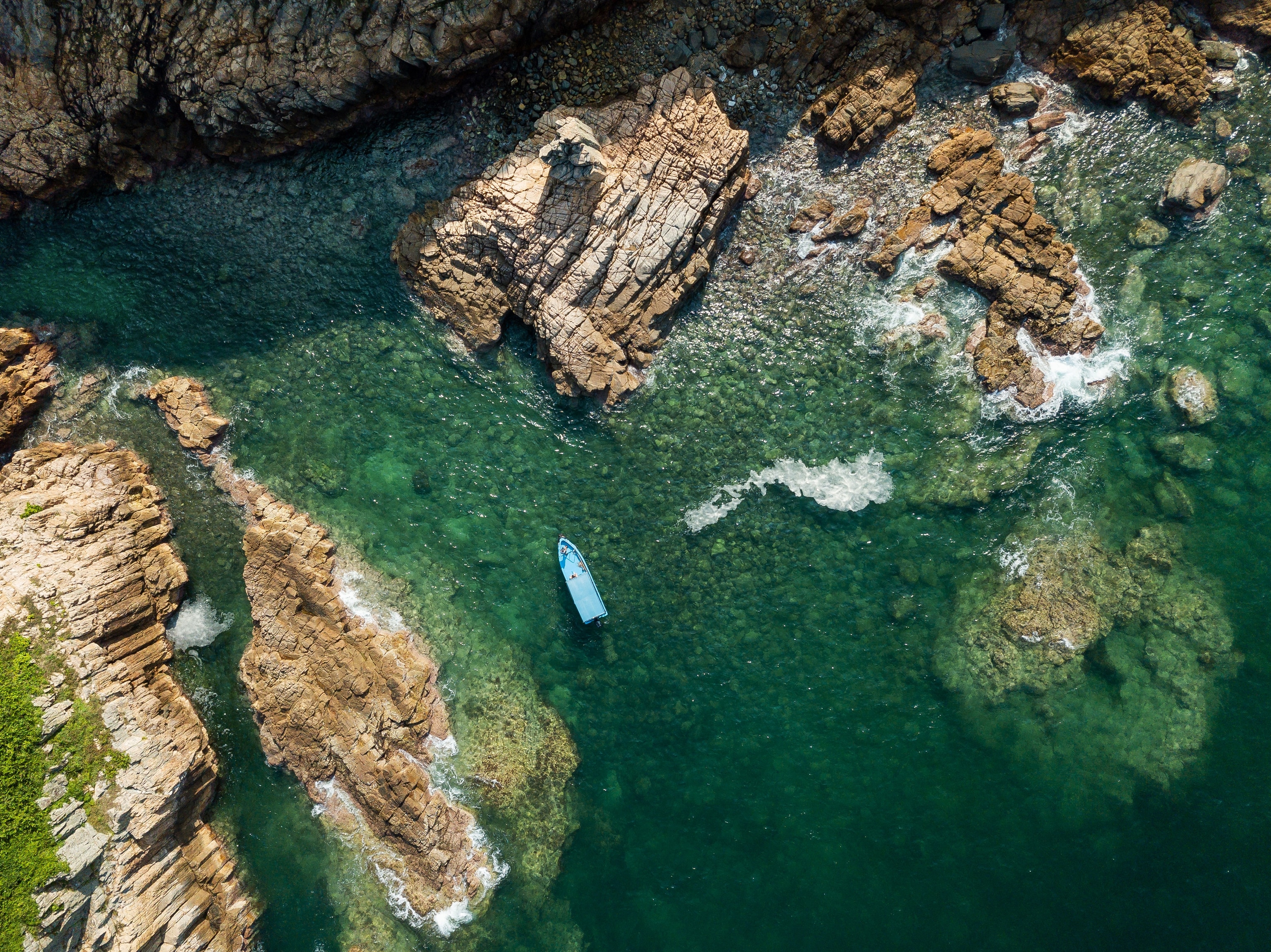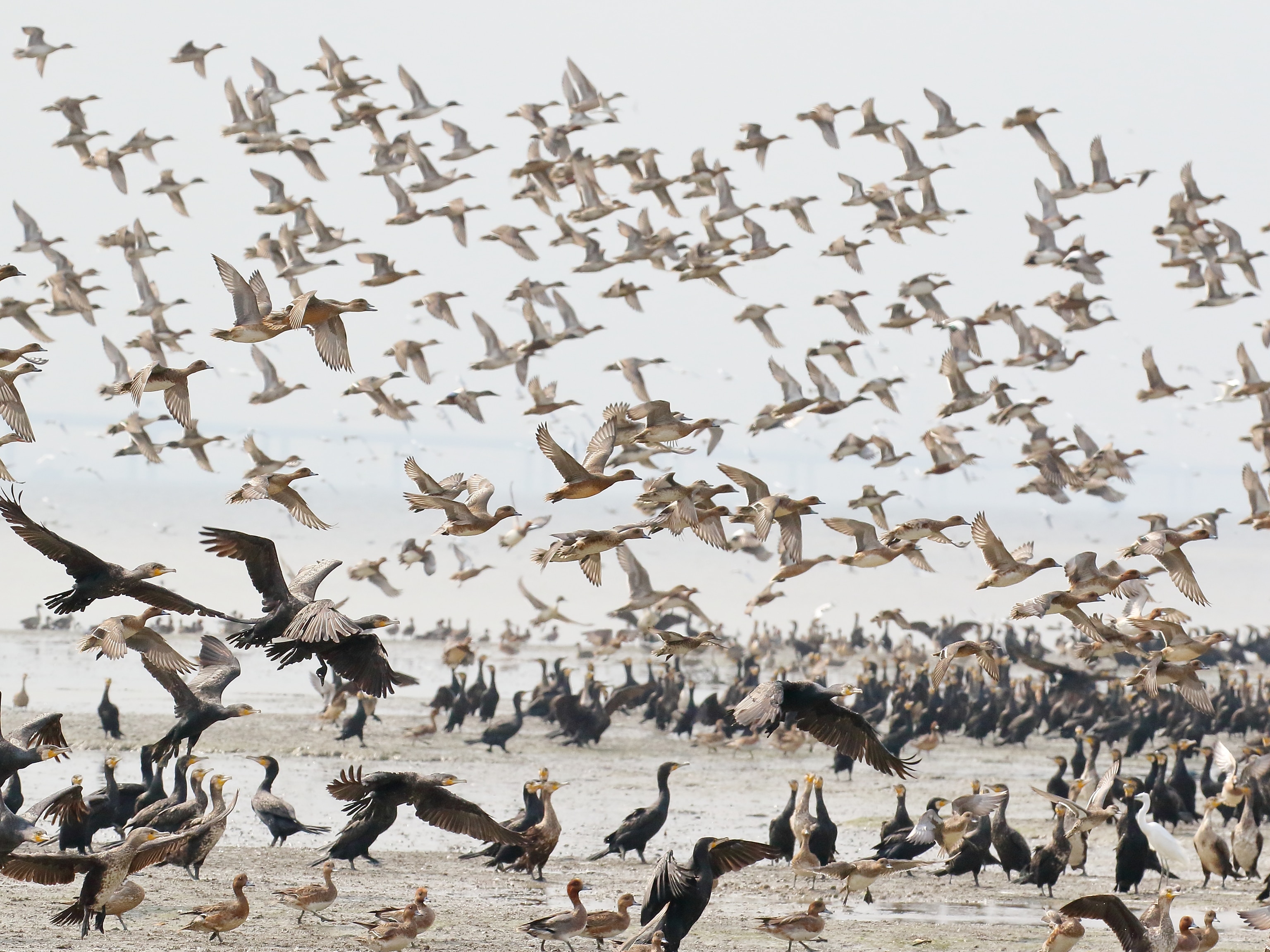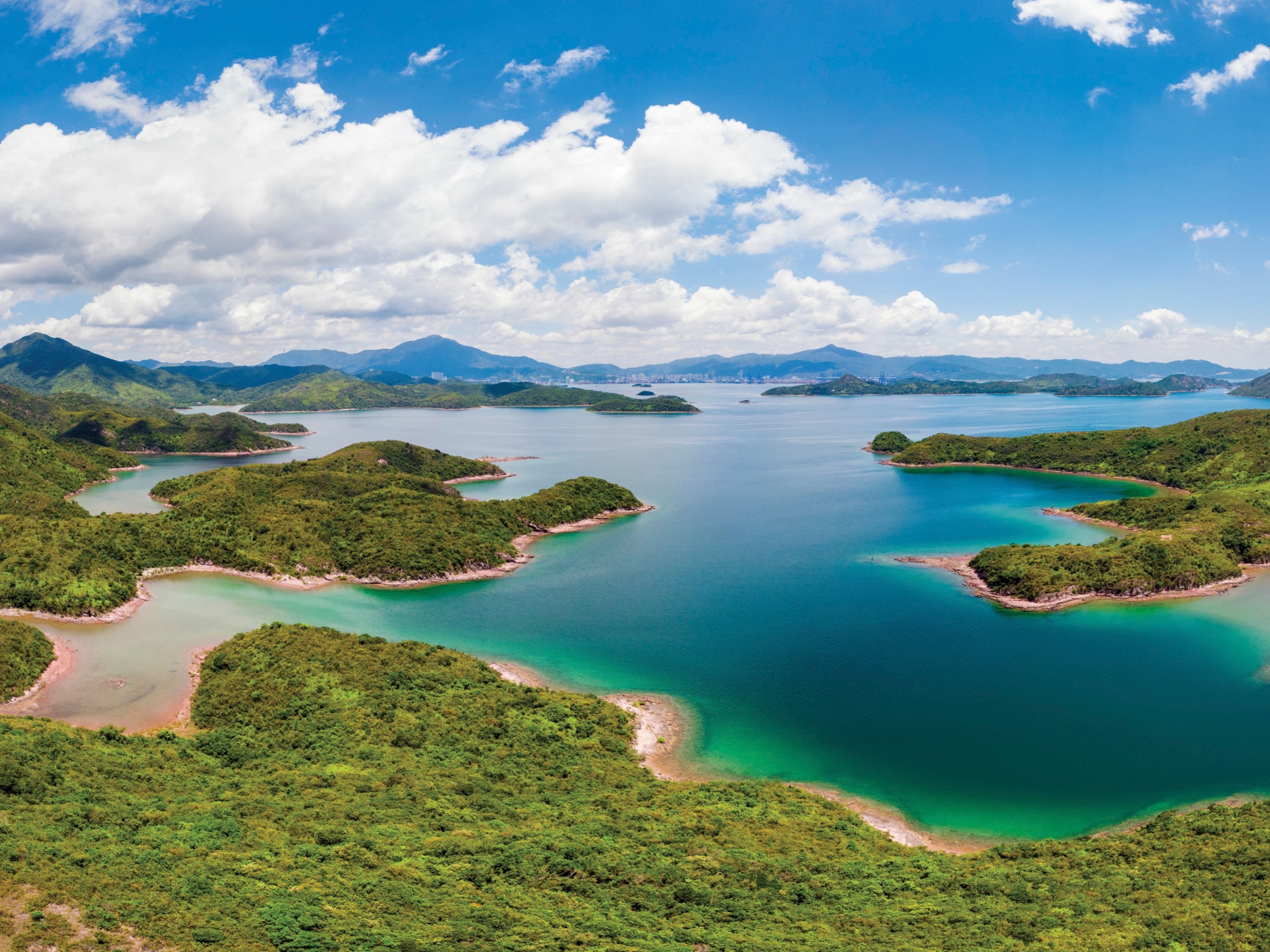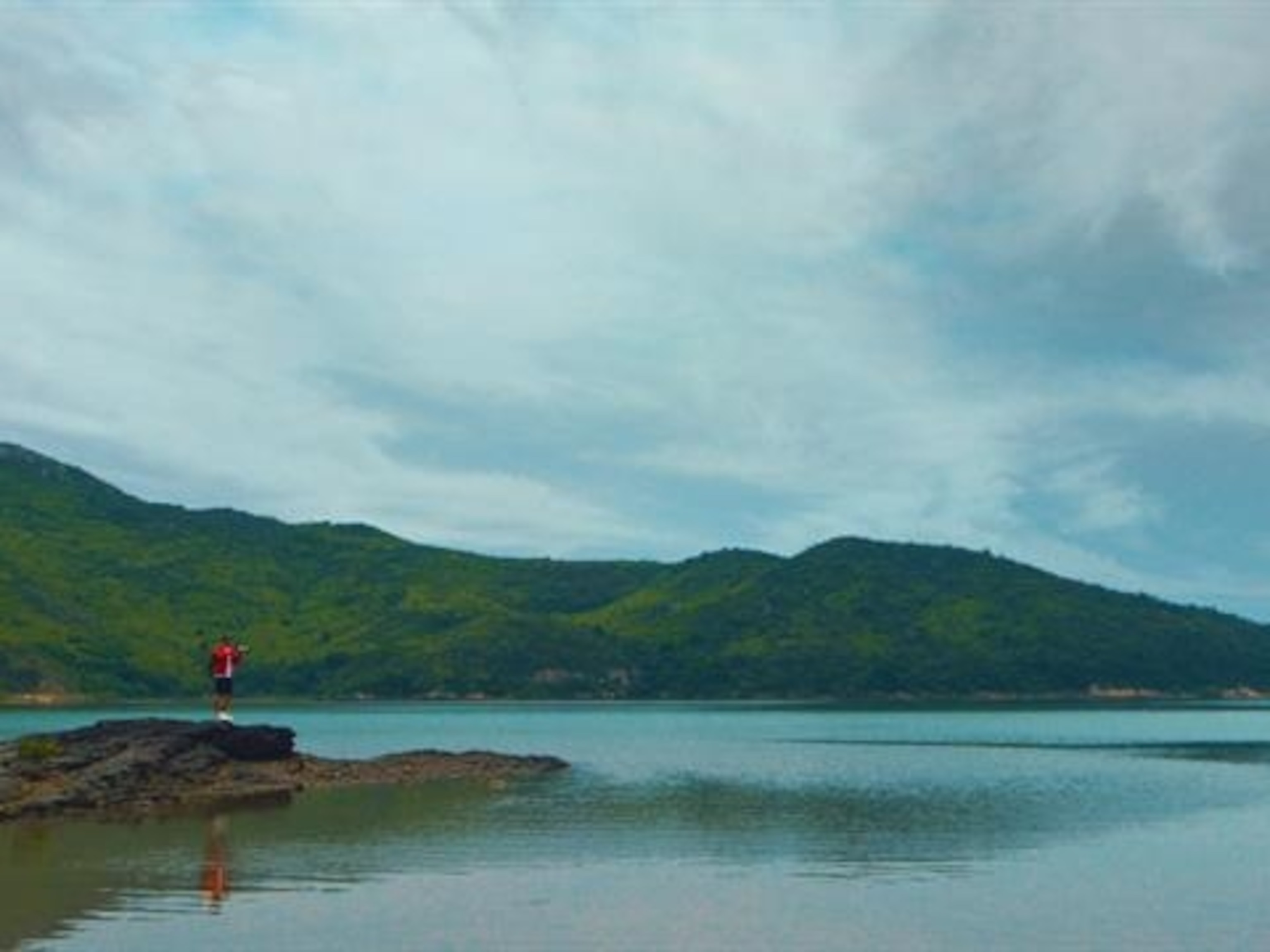Alive with vibrant colors and home to a diverse array of sealife, coral gardens are one of the most captivating sights in the natural world. But for US-born, Hong Kong-based historical ecologist and National Geographic Explorer Jonathan Cybulski, coral also offers a window into the past.
“I like corals because they tell you something about the marine ecosystem. They’re fragile creatures that can only exist in a certain temperature and water quality state, and they’ve found a way to be incredibly resilient in Hong Kong.”
Part of the coral biogeochemistry laboratory at the University of Hong Kong, where he is pursuing his PhD, 31-year-old Cybulski specializes in studying coral ecosystems to chart how they have changed over time, and how that data can be used to better conserve or restore them in the future. What surprises many people, he says, is the prevalence and diversity of coral and other marine life that can be seen in Hong Kong.
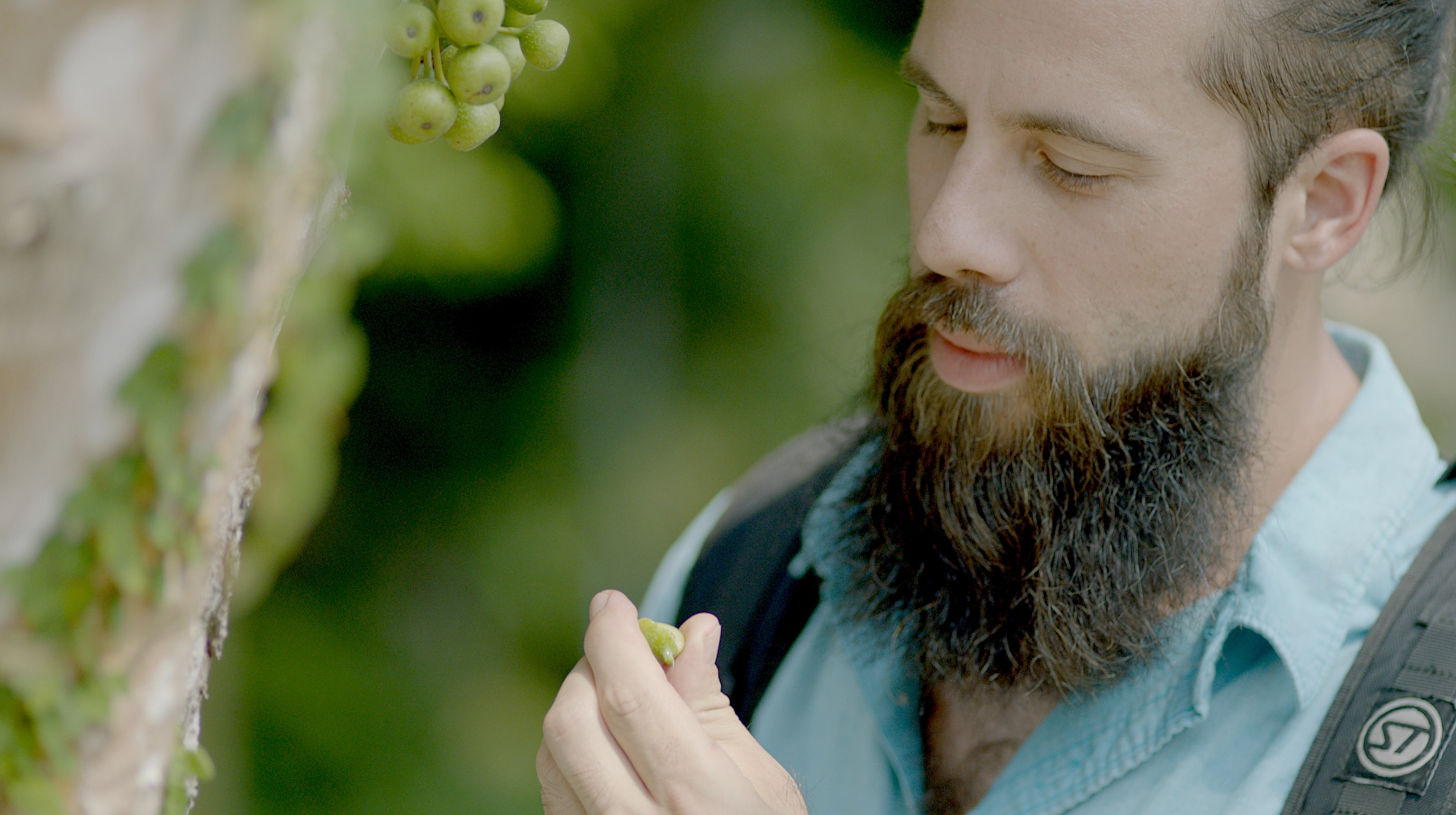
Remarkably, Hong Kong has more coral species than the entire Caribbean combined, while over 25% of China’s marine biodiversity can be found in Hong Kong waters, despite the fact that the territory accounts for less than 0.03% of the country’s coastline. “There are places with 100% coral cover and there are places with over 30 species of coral in one area,” he says.
The places Cybulski recommends to see the highest diversity and the highest coral cover in Hong Kong are around the outlying islands between Mirs Bay and Port Shelter in the territory’s northeast, including Tung Ping Chau, Crescent Island, Bluff Island and Sharp island, and in the Hoi Ha Wan Marine Park, a large protected area near Sai Kung that’s home to coral and many other types of sealife.
It’s in these areas that Cybulski can often be found scuba diving to gather historical data, work that helped some of his HKU colleagues to create 3D-printed terracotta tiles with various species of corals attached that are being used to attempt to rejuvenate the coral reefs of Hoi Ha Wan.
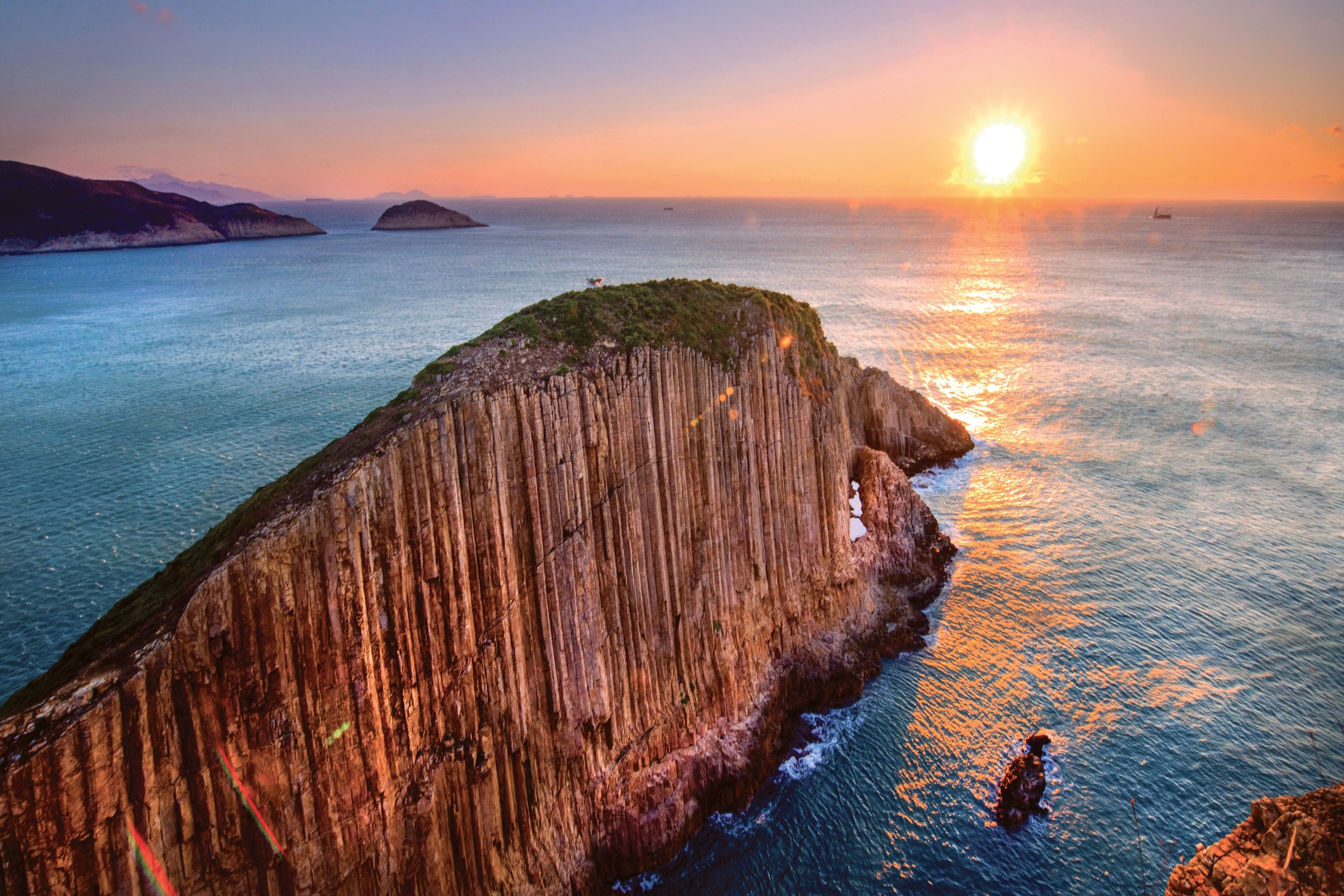
Another of Cybulski’s areas of expertise is geology, an interest that is equally well served in the Sai Kung area by the attractions of the Hong Kong UNESCO Global Geopark. Stretching from the famous Ninepin islands in the south to Tung Ping Chau in the north, the Geopark serves as a striking reminder of the territory’s geological past, when 85% of Hong Kong’s land was formed by supervolcano eruptions between 140 to 165 million years ago, creating an abundance of rocky outcrops and intricately textured islands that are both visually stunning and geologically fascinating. Every trail underfoot and each eye-catching formation has its unique history, offering glimpses of—and tactile connections to—a volcanic past.
“All the islands are volcanic, so they’re very, very steep, but they’re vegetated almost right to the edge, so you have this thin band of orangey rock and then vegetation then blue water,” explains Cybulski. Particularly striking are the “entire islands made of what look like chiseled octagonal columns” that were created when the magma cooled. Such formations are unusual enough globally, but the fact they are composed of rhyolite rather than basalt, as well as the scale on which they occur, make Hong Kong’s versions utterly unique.
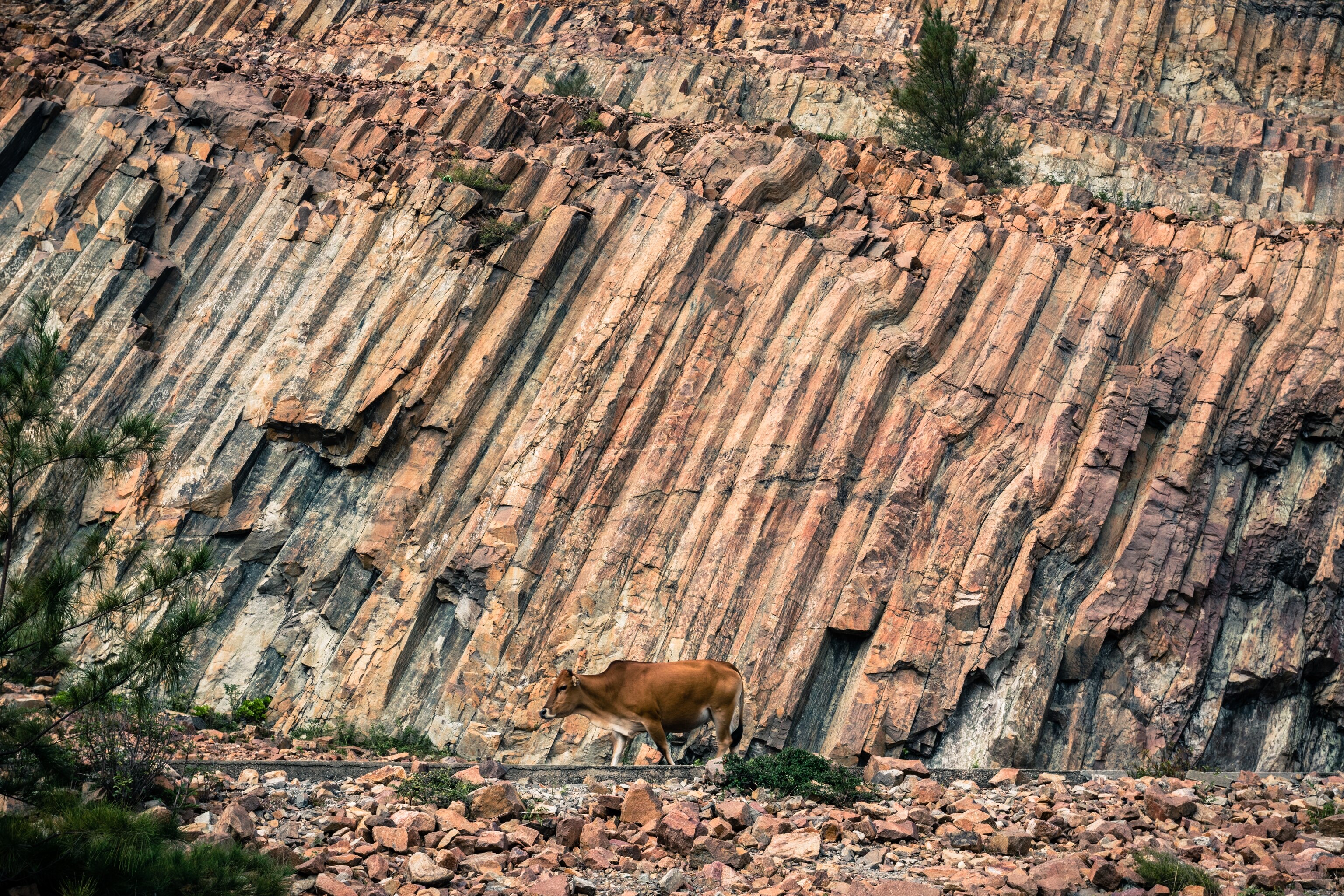
“Those magmatic column formations exist in very few places in the world,” says Cybulski. “So it’s a unique place for Hong Kong, but clearly it’s also a unique place in the world.”
As well as the Geopark’s natural wonders, Cybulski also highlights its cultural attractions, in particular the ‘ghost island’ of Yim Tin Tsai. Located a 15-minute ferry ride from Sai Kung Town, the island is famous for its eerie abandoned village, its lush mangroves and the saltpans that give it its name (‘Little Salt Pan’ in Cantonese), and which garnered an Award of Distinction at the UNESCO Asia-Pacific Awards for Cultural Heritage Conservation in 2015.
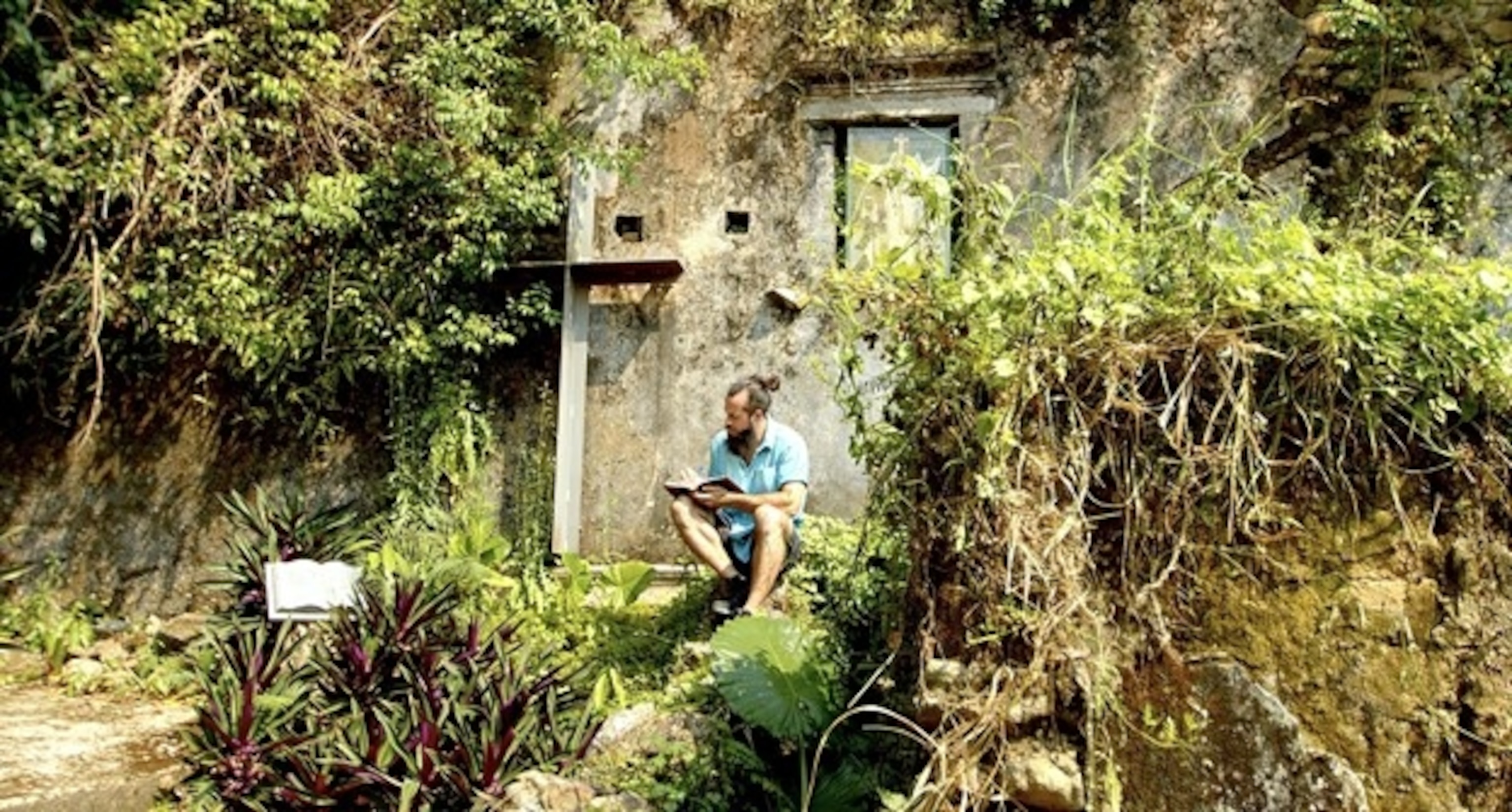
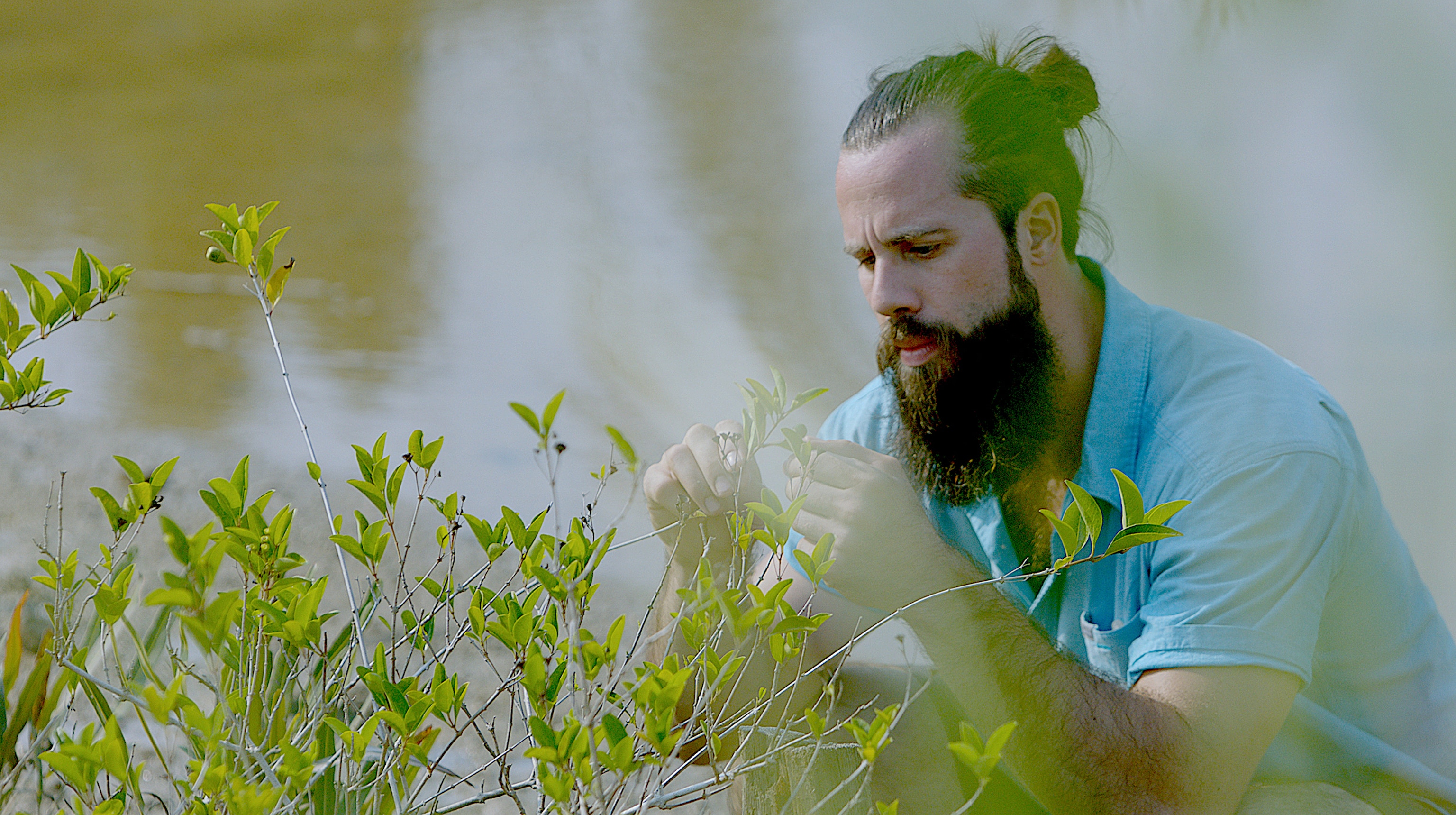
“It’s one of those places where you feel completely removed from what you think of as Hong Kong,” says Cybulski. “The noise is gone. You can’t see any development. You have this beautifully ramshackle old village, wide open spaces, then you come over this crest and there’s the saltpan fields right in this valley, and you’re like, ‘where am I?’ It’s incredible. And it’s got this great local history.”
With such a diverse array of attractions, both natural and cultural, for Cybulski there is nowhere in Hong Kong – or indeed the world – quite like Sai Kung.
“Sai Kung is my escape from the concrete jungle. Hong Kong is the epitome of a metropolis, but 30 minutes away, you suddenly find yourself in a jungle and marine environment, and then you’re surrounded by this incredible geopark,” he says. “I describe it to people as, can you imagine coral reefs growing in Manhattan?”
Indeed, it is this combination of the natural and the man-made, the rural and the urban, that has left the biggest impression on Cybulski. “The vision I will always hold of Hong Kong is the boat ride from Sai Kung back into Victoria Harbour. You go from volcanic tropical islands to one of the world’s most densely populated places in just a couple hours and it’s amazing to see it all unfurl in front of your eyes, from natural beauty to human wonder.”
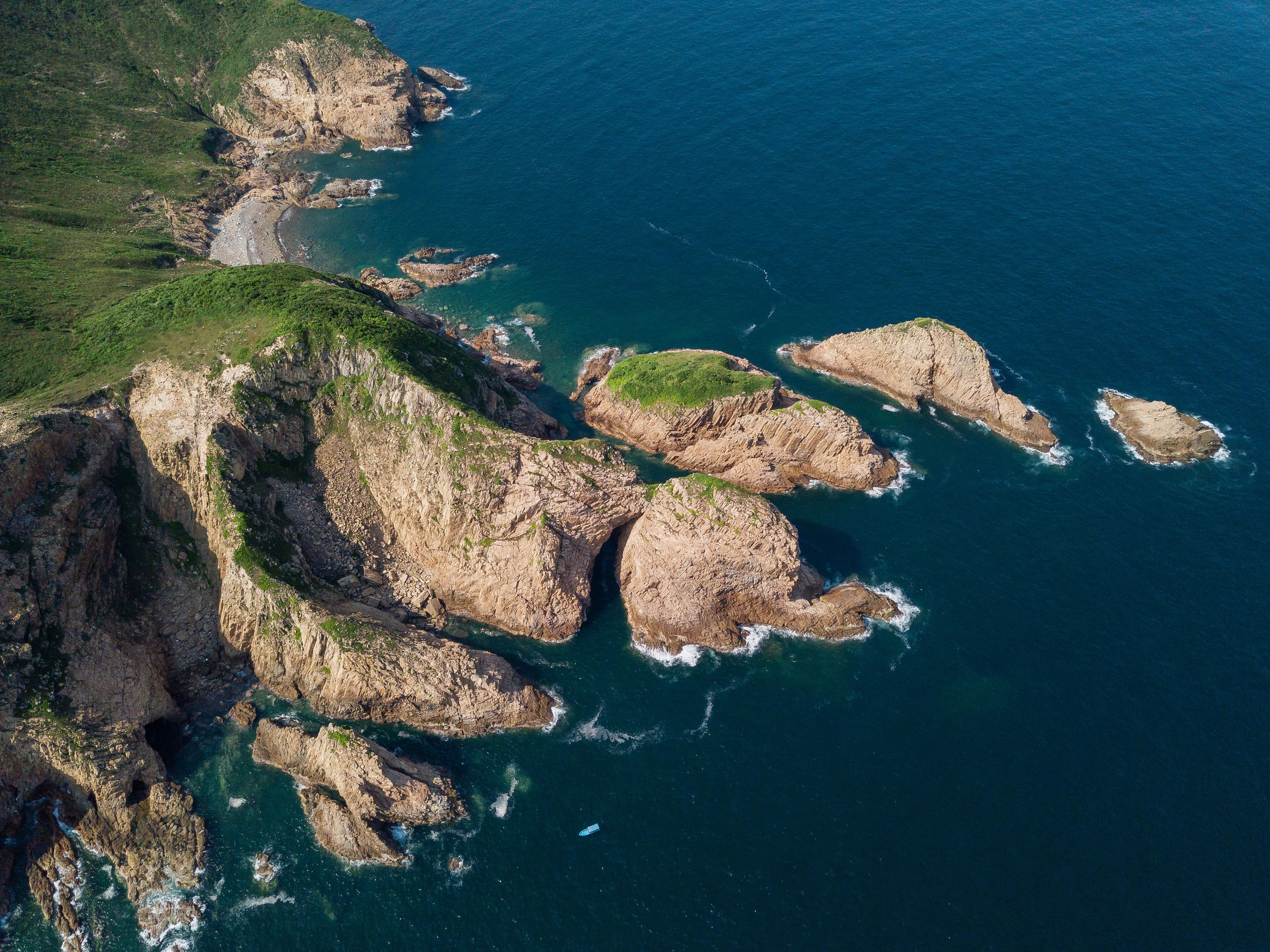
Such spectacular vistas also help to inspire Cybulski in his personal mission, to communicate the science behind nature in a way that makes it easier for people to understand so that they can better appreciate the importance of protecting and conserving it. “I’m a conservation biologist and so it’s my hope to bring as much insight as I can to conserving, or at least better integrating with nature,” he says. “My hope is that, by telling the story of science in a more connectable and more human way, it will lead to more people appreciating it.”
Read more about Hong Kong’s marine ecosystem and natural wonders on The Great Outdoors of Hong Kong or for more information visit Discover Hong Kong.
